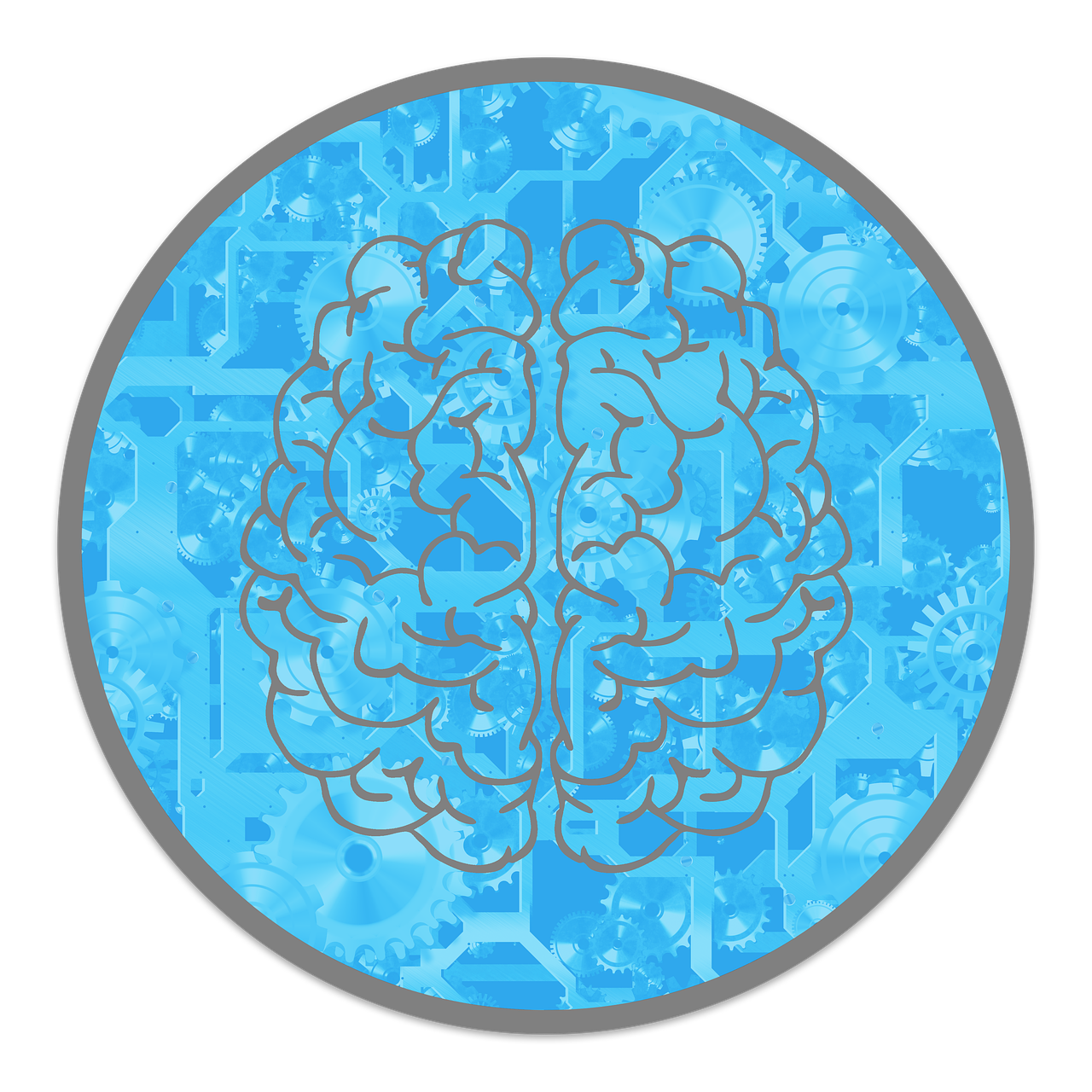
Witch hunts are one of the darkest and most misunderstood parts of history.
While popular culture often portrays witches as old, hunched women casting spells and being chased by angry mobs with torches, the reality is more complex.
How much of this is actually true?
Were witch hunts driven purely by fear of the supernatural, or were there deeper societal issues at play?
Let’s take a closer look at what really fueled these tragic events.
Origins of Witchcraft Beliefs
Belief in witchcraft has existed for centuries and can be traced back to ancient cultures around the world.
In many societies, witches were seen as individuals with supernatural powers.
Ancient roots
Early civilizations like the Babylonians and Egyptians believed in magic, often fearing sorcerers or witches for their perceived abilities to influence the world around them.
Christian influence
As Christianity spread across Europe, ideas about magic began to change.
Passages from the Bible, such as Exodus 22:18 (“Thou shalt not suffer a witch to live”), contributed to negative views of witchcraft.
What were once seen as harmless pagan rituals were now viewed as dangerous heresy and devil worship.
By the time of the Middle Ages, the belief that witches were agents of the Devil became widespread, setting the stage for the witch hunts that would later spread across Europe.

Societal Factors Contributing to Witch Hunts
Witch hunts didn’t happen for no reason.
They were influenced by a mix of societal, religious, and economic pressures that shaped the events of the time.
Religious tensions
The Protestant Reformation in the 16th century created divisions across Europe, leading to increased religious conflict.
Both Protestant and Catholic leaders used witch hunts as a way to eliminate heresy and strengthen their own power.
Economic hardships
Poor harvests, famines, and economic instability led to widespread fear and frustration.
People looked for someone to blame, and witches were often accused of causing misfortunes like illness, failed crops, and poverty.
Social control
Women, especially those who were widowed, worked as healers, or didn’t fit the usual social roles, were often the targets of witch hunts.
These hunts were used to maintain patriarchal control, punishing women who were seen as a threat to the established order.
According to historian Brian Levack in The Witch-Hunt in Early Modern Europe, approximately 80% of accused witches were women, highlighting the gendered nature of these events.
Common Myths About Witches
Popular culture has shaped many of the misconceptions we have about witches.
Let’s clear up some of these common myths:
Witches wore pointed hats and ride brooms
These images are mostly modern creations.
The connection between witches and brooms likely comes from medieval stories, where brooms represented domestic duties, not magical transportation.
All witches were old women
While older women were often targeted, people of all ages and genders were accused of witchcraft, not just elderly women.
Witch hunts were spontaneous mobs
Many people think witch hunts were chaotic, angry mobs acting on impulse.
In reality, many witch trials were formal legal proceedings, with structured accusations, interrogations, and even official judges overseeing the process.

Misconceptions About Accusations and Trials
Witch trials were not as chaotic as often shown in movies.
The accusations usually started from rumors, fear, and tension within small communities.
Here’s how the process typically unfolded:
Accusations
People, whether neighbors, family members, or rivals, would accuse someone of witchcraft.
These accusations were often driven by misfortune, such as crop failure or illness, or to settle personal grudges.
Torture and confession
Those accused were often tortured to force them into confessing to witchcraft and devil worship.
The Malleus Maleficarum (1487), a famous witch-hunting guide, encouraged harsh methods to extract confessions, no matter how false they might be.
Trials and executions
Trials varied depending on the region, but many accused individuals were executed, often by hanging or burning at the stake.
Between the 15th and 18th centuries, it’s estimated that 50,000 to 100,000 people were executed for witchcraft across Europe (Levack, 2006).
The Reality of Witch Hunts
While popular myths often shape how we think about witch hunts, the reality is much darker, driven by fear, control, and power.
Here are some key facts:
- Witch hunts didn’t just happen in the Middle Ages; they were most intense during the early modern period, between the 15th and 18th centuries.
- The majority of those accused of witchcraft were women, particularly those who were poor, unmarried, or seen as outsiders in their communities.
- Torture was a common tool used to force confessions. Once someone was accused, proving their innocence was nearly impossible.
- Witch hunts were often used as a political tool. Leaders would use them to silence opposition or strengthen their power during unstable times.

Notable Witch Trials
Several infamous witch trials highlight the fear and cruelty of the time:
The Salem witch trials (1692, Massachusetts)
One of the most famous witch hunts, the Salem trials led to the execution of 20 people and the imprisonment of many others.
The panic began when young girls claimed to be possessed by witches, spreading fear throughout the community.
The North Berwick trials (1590-1592, Scotland)
King James VI of Scotland became deeply obsessed with witchcraft, which led to accusations against more than 70 people, many of whom were tortured and executed.
The Trier witch trials (1581-1593, Germany)
Among the largest witch hunts in history, the Trier trials resulted in the execution of 368 people, showing the extreme measures taken during this period of hysteria.
Cultural and Religious Influences
Religious beliefs and cultural fears played a major role in fueling witch hunts.
Christian doctrine
During this time, the belief that witches were servants of Satan was deeply rooted in Christian teachings.
The Church was heavily involved in identifying and prosecuting suspected witches, often using religious doctrine to justify the hunts.
Folklore and superstition
Fear of the unknown contributed to many superstitions.
Unexplained events, like disease or natural disasters, were often blamed on witches, feeding the hysteria.
Misogyny
Witch hunts disproportionately targeted women, especially those who were seen as independent or defied traditional roles.
This reflected deeper societal fears and anxieties about women’s autonomy and sexuality.

Final Thoughts
The medieval witch hunts were far more complex than the myths we’ve come to believe.
While witches have become figures of folklore and pop culture, the real history reveals tragic stories of fear, injustice, and human cruelty.
By understanding the societal, religious, and economic factors that fueled witch hunts, we can learn valuable lessons about the dangers of mass hysteria and scapegoating.
FAQs
No. While burning was common in some regions (like Germany), many witches were hanged, especially in England and North America.
Historians estimate that between 50,000-100,000 people were executed for witchcraft in Europe.
Women were often seen as more susceptible to evil due to cultural and religious beliefs. Widows, healers, and independent women were particularly vulnerable.
Witch hunts declined by the 18th century as scientific reasoning replaced superstition and religious fervor.



